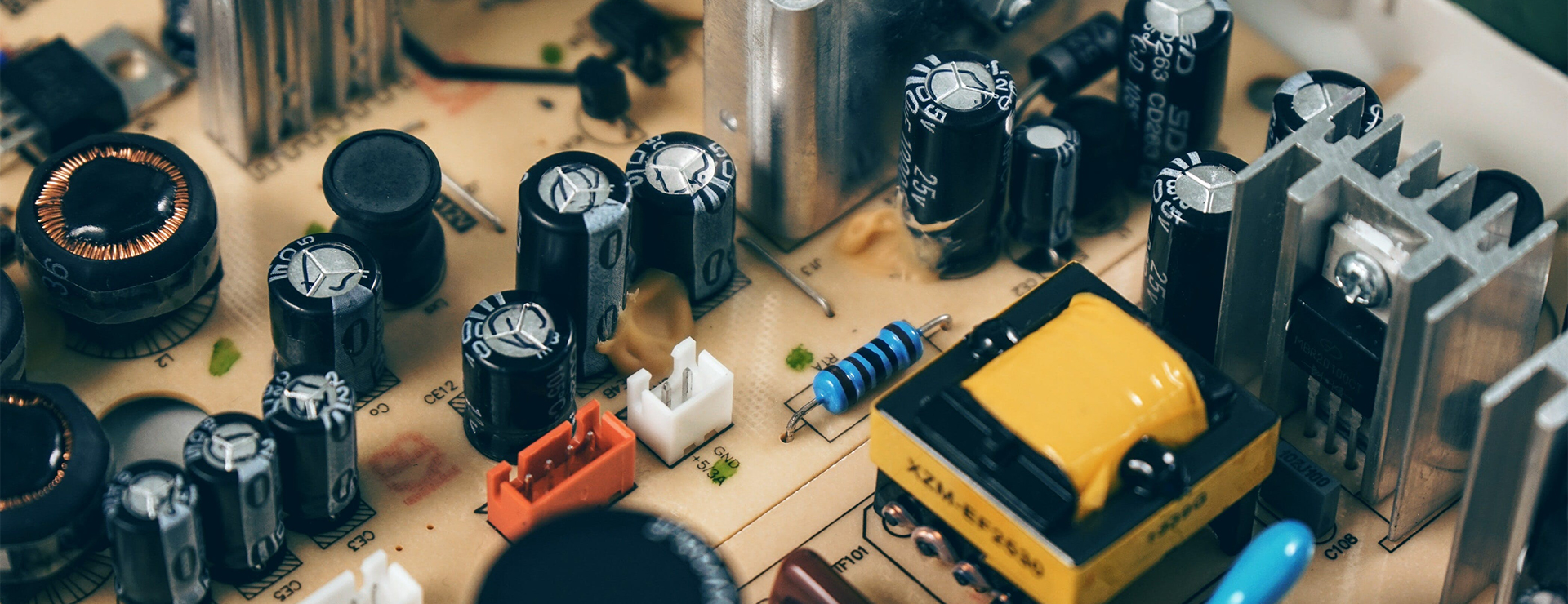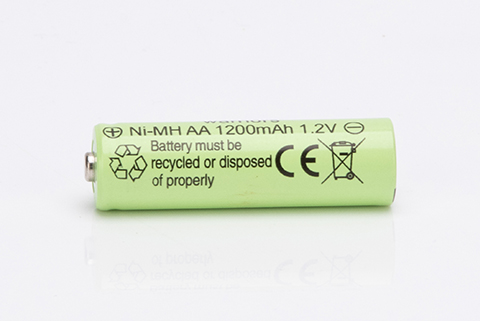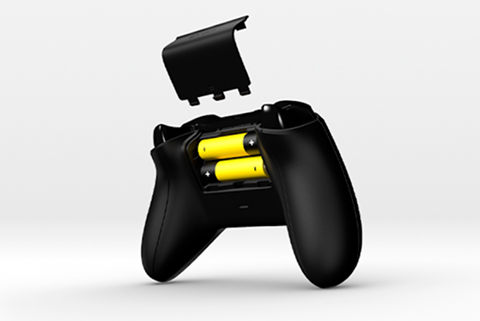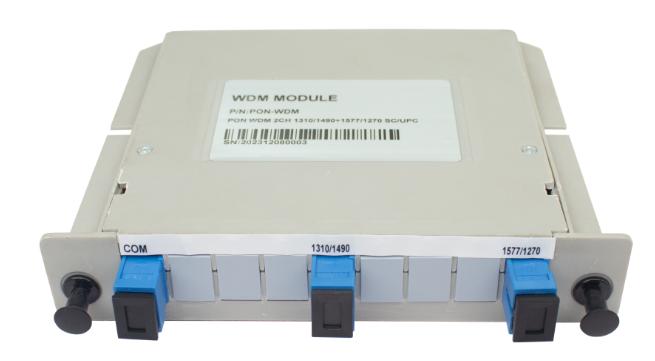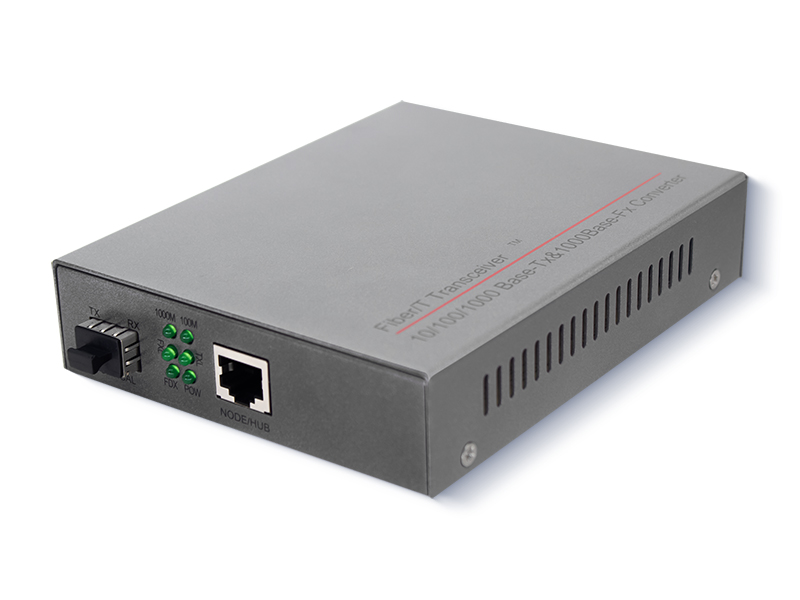What Is the Dielectric Constant and Dissipation Factor of RO4535 PCB?
What Is the Dielectric Constant and Dissipation Factor of RO4535 PCB?
Introduction
RO4535 High Frequency Laminates, developed by Rogers Corporation, are advanced materials designed to meet the specific demands of antenna markets. These laminates provide exceptional performance, controlled dielectric, low loss characteristics, and excellent passive intermodulation response required for mobile infrastructure microstrip antenna applications. With their compatibility with FR-4 processing and RoHS-compliant flame-retardant technology, RO4535 laminates present an affordable alternative to traditional PTFE-based antenna technologies. This comprehensive blog article delves into the features, benefits, construction details, and typical applications of the RO4535 20mil Rogers PCB , highlighting its potential to optimize the price and performance of antennas.
Features that Set RO4535 PCB Apart
1)Dielectric Constant:
With a DK of 3.44 +/-0.08 at 10GHz/23°C, the RO4535 PCB exhibits excellent signal integrity and stability, ensuring reliable high-frequency performance for antenna applications.
2)Dissipation Factor:
The PCB boasts a low dissipation factor of 0.0037 at 10GHz/23°C, allowing for minimal signal loss and maintaining the integrity of the transmitted and received signals.
3)Thermal Conductivity:
Equipped with a thermal conductivity of 0.6 W/m/°K, theRO4535 PCB effectively dissipates heat generated in high-power applications, promoting reliable performance and extending the lifespan of the antenna.
4)Coefficient of Thermal Expansion (CTE):
The RO4535 PCB features CTE values of 16 ppm/°C (X-axis), 17 ppm/°C (Y-axis), and 50 ppm/°C (Z-axis). These closely matched CTE values minimize stress on the PCB and ensure dimensional stability, even during temperature fluctuations.
5)High-Temperature Glass Transition (Tg):
With a Tg value exceeding 280°C, this PCB offers exceptional thermal stability, making it suitable for demanding antenna applications subjected to elevated temperatures.
6)Low Water Absorption:
The RO4535 PCB boasts a water absorption rate of merely 0.09%, ensuring its performance remains uncompromised even in humid environments.
7)UL-94 V0:
Compliant with UL94 V-0 certification, the PCB guarantees excellent flame retardancy, enhancing safety and reliability.

Benefits of RO4535 PCB
1)Excellent Passive Intermodulation (PIM) Performance:
When combined with LoPro copper foil, the RO4535 PCB exhibits outstanding passive intermodulation characteristics, minimizing interference and improving the overall performance of the antenna system.
2)Improved Mechanical Rigidity:
Compared to traditional PTFE-based laminates, the RO4535 PCB offers superior mechanical rigidity, enhancing the structural integrity and durability of the antenna.
3)Reduced Stress on PCB Antenna:
The CTE value similar to that of copper reduces the stress on the PCB antenna, leading to improved reliability and longevity of the antenna system.
PCB Construction Details
The Rogers 4535 PCB is a 2-layer rigid PCB with the following specifications:
Board Dimensions: The PCB measures 53mm x 53mm with a tolerance of +/- 0.15mm.
Minimum Trace/Space: The minimum trace width and spacing are both 4 mils, allowing for precise routing and optimized signal integrity.
Minimum Hole Size: The PCB supports hole sizes as small as 0.3mm, enabling the integration of compact components.
Via Configuration: There are no blind vias present, ensuring a simplified PCB manufacturing process.
Finished Board Thickness: The finished board thickness is 0.6mm, striking the right balance between strength and flexibility.
Finished Cu Weight: The outer layers of the PCB have a copper weight of 1oz (1.4 mils), offering excellent conductivity and facilitating efficient signal transmission.
Via Plating Thickness: Each via on the PCB has a plating thickness of 20μm, ensuring reliable electrical connections.
Surface Finish: The PCB is coated with immersion gold, which provides a flat, solderable surface and protects against oxidation.
Silkscreen and Solder Mask: The top silkscreen is white, aiding component placement and identification, while both the top and bottom solder masks are green, providing protection against solder bridges and enhancing overall aesthetics.
Electrical Test: Each PCB undergoes a 100% electrical test prior to shipment, guaranteeing quality and functionality.
PCB Statistics
The RO4535 high frequency circuit board features the following statistics:
Components: The PCB can accommodate up to 11 components, allowing for the integration of various functionalities.
Total Pads: There are a total of 22 pads on the PCB, enabling seamless connectivity between components and the PCB.
Thru Hole Pads: The PCB supports 12 thru-hole pads, facilitating the utilization of both surface-mount and through-hole components.
Top SMT Pads: With 10 top surface mount technology (SMT) pads, the PCB provides ample space for mounting surface-mount components.
Bottom SMT Pads: The PCB does not have any bottom SMT pads.
Vias: It offers 17 vias for establishing electrical connections between different layers, ensuring signal integrity throughout the PCB.
Nets: The PCB consists of 2 nets, enabling effective communication between various components.
Type of Artwork Supplied and Quality Standard
The Rogers RO4535 PCB is designed using Gerber RS-274-X artwork, a widely supported industry standard that ensures compatibility and accuracy during manufacturing. The PCB adheres to IPC-Class-2 quality standards, guaranteeing consistent performance and reliability.
Availability and Typical Applications
The RO4535 30mil Rogers substrate PCB is readily available worldwide, making it accessible for various antenna projects across different regions. Some typical applications that benefit from the superior performance of this PCB include:
1)Cellular Infrastructure Base Station Antennas:
TheRO4535 PCB empowers base station antennas, ensuring reliable, high-quality signal transmission in cellular networks.
2)WiMAX Antenna Networks:
With its exceptional features and benefits, the PCB is well-suited for WiMAX antenna networks, enabling efficient data transmission and reliable connectivity.
Conclusion
With its extensive features, benefits, and impressive performance characteristics, the RO4535 Rogers PCB represents a superior solution for demanding antenna applications. Designed to meet the specific requirements of the market, this PCB offers excellent signal integrity, thermal stability, and mechanical rigidity. Furthermore, its compatibility with FR-4 processing and RoHS-compliant flame-retardant technology makes it an affordable alternative to traditional PTFE-based laminates. Engineers and designers can confidently employ the RO4535 20mil PCB to optimize the price and performance of their antenna systems, enhancing connectivity and improving overall user experience in wireless communication applications.
